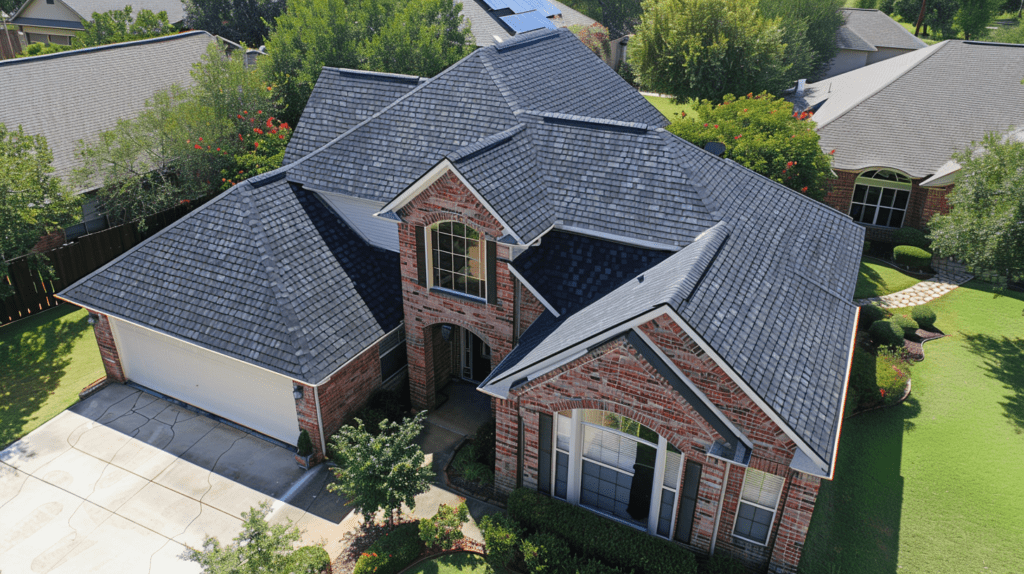In the heart of Tulsa, the choice of roof ventilation profoundly impacts the overall health and efficiency of your home. Adequate ventilation is not merely a luxury but a necessity to mitigate heat accumulation, moisture, and the subsequent risk of structural damage. This guide elucidates the various roof ventilation systems suitable for Tulsa homes, ensuring you make an informed decision to enhance your roofing efficacy.
Essential Roof Vent Types and Their Functions
1. Ridge Vents
- Functionality: Situated at the peak, these vents expel rising hot air, facilitating a natural air exchange.
- Benefits: Offers uniform cooling and pairs excellently with soffit vents for optimal airflow dynamics.
2. Soffit Vents
- Functionality: Positioned under the eaves, these act as intake vents, crucial for replacing hot air with cooler external air.
- Benefits: They prevent the attic from overheating and work in harmony with ridge vents to maintain a balanced ventilation system.
3. Gable Vents
- Functionality: Installed on the roof’s gable ends, aiding cross-ventilation.
- Benefits: Enhances the efficacy of ridge and soffit vents and adds aesthetic value to the exterior.
4. Static Vents
- Functionality: Also known as box vents, these are passive systems placed strategically to allow hot air to escape.
- Benefits: Simple, cost-effective, and require minimal maintenance.
5. Turbine Vents
- Functionality: Driven by wind, these vents rotate to pull hot air out, increasing as the wind speed increases.
- Benefits: Highly efficient in windy conditions, offering significant energy savings as no electricity is needed.
6. Solar-Powered Vents
- Functionality: Utilize solar energy to power fans, enhancing air circulation.
- Benefits: Eco-friendly and cost-effective over time, suitable for sunny locales.
7. Powered Attic Fans
- Functionality: Electric fans that actively expel hot air from the attic.
- Benefits: Integrated with thermostats for automated response to temperature changes, although care must be taken to avoid depressurizing the home.
Advantages of Proper Roof Ventilation
Energy Efficiency: Well-ventilated roofs allow less heat to accumulate, thereby reducing the load on HVAC systems and lowering energy bills.
Moisture Management: Efficient ventilation systems prevent moisture buildup, staving off mold, rot, and structural deterioration.
Extended Roof Longevity: By reducing excessive heat and moisture, the lifespan of roofing materials is significantly enhanced.
Enhanced Indoor Comfort: A well-ventilated roof contributes to a more stable and comfortable indoor temperature, improving the overall living environment.
Selecting the Ideal Roof Ventilation
The decision on which roof vent to install should be based on specific factors such as roof design, local climate, and house layout. Engaging with a knowledgeable roofing service, like The Roofing Guys, can provide tailored solutions that align with your home’s unique needs.
Conclusion
Understanding the diverse options in roof ventilation can dramatically influence your home’s energy efficiency and structural integrity. For Tulsa homeowners, investing in the right ventilation solution not only bolsters the longevity of their roofing systems but also ensures a comfortable and healthy living space. To make the most informed choice, consider consulting with seasoned experts in Tulsa roofing services, like The Roofing Guys, who can offer both guidance and high-quality installation.

